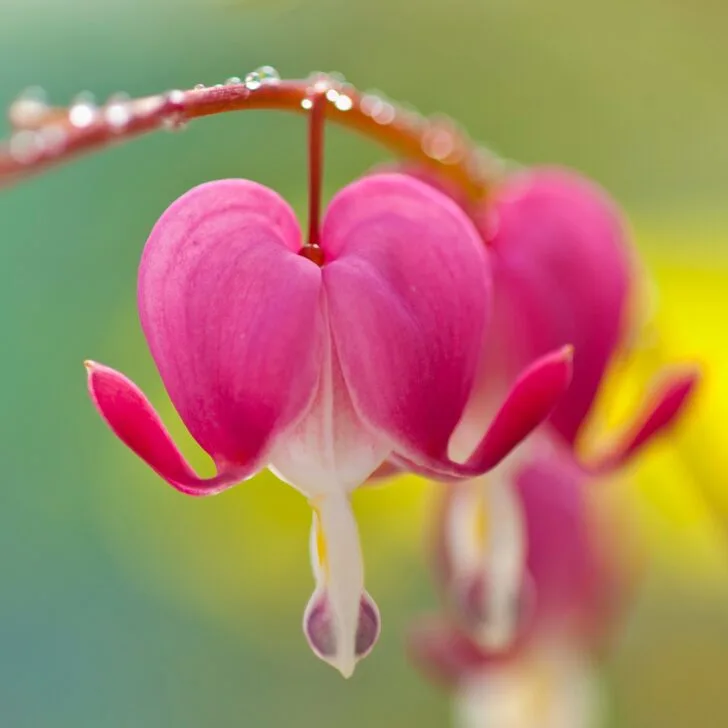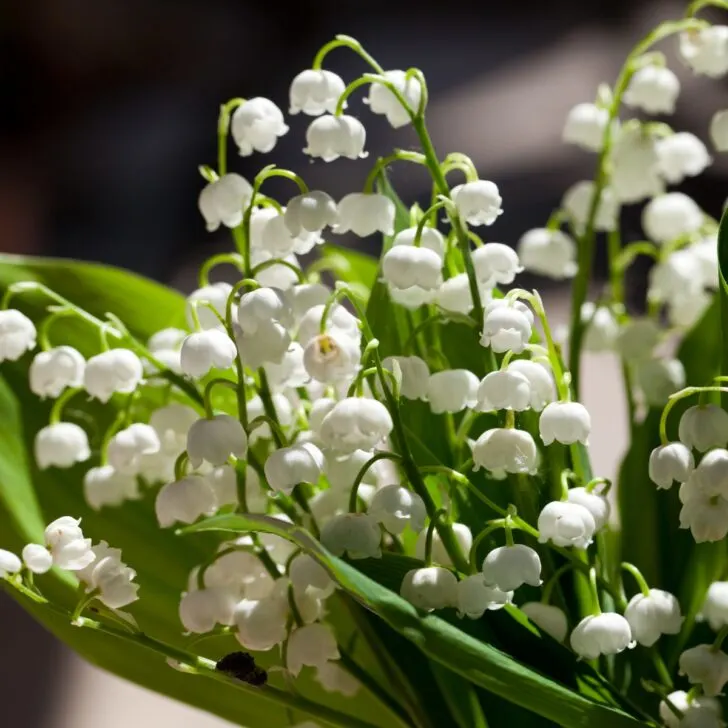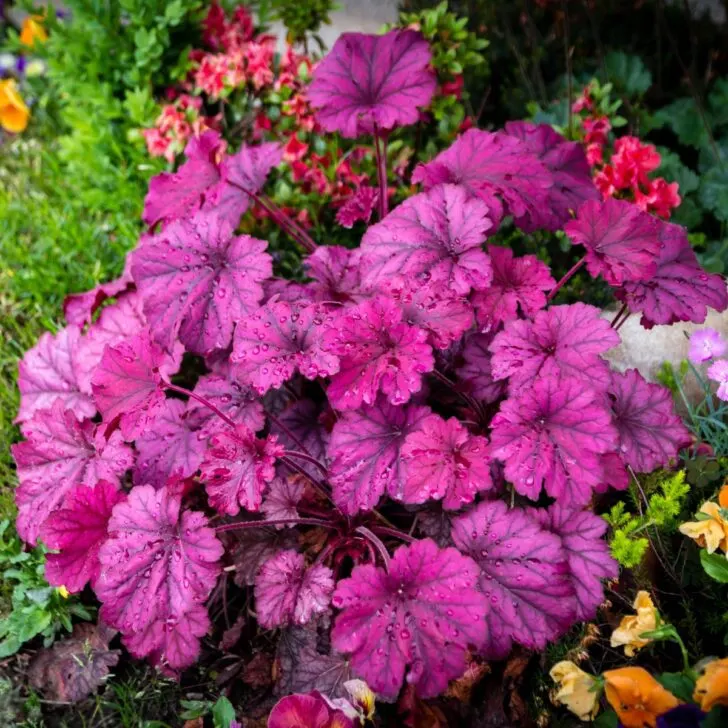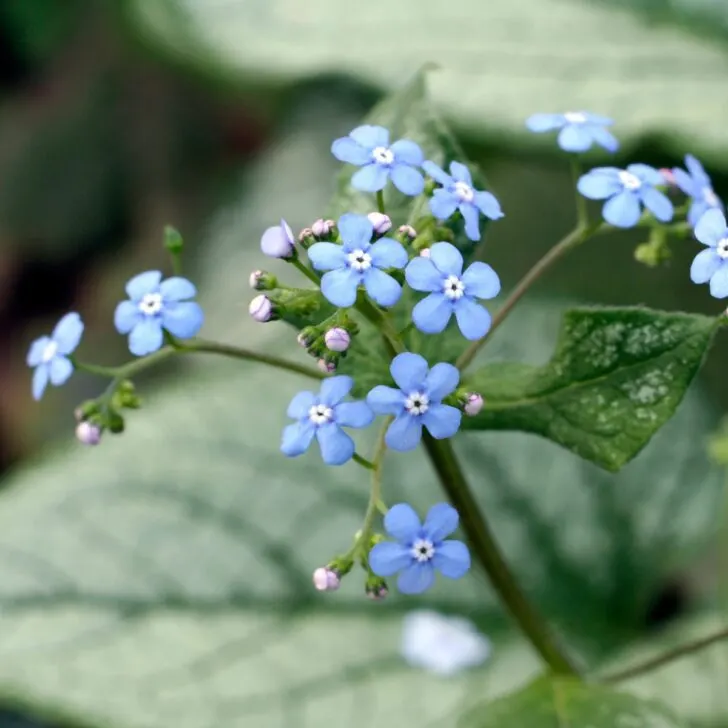Learn how to grow and care for agastache in your garden, with tips on planting, watering, and ensuring blooms every year in this handy guide.
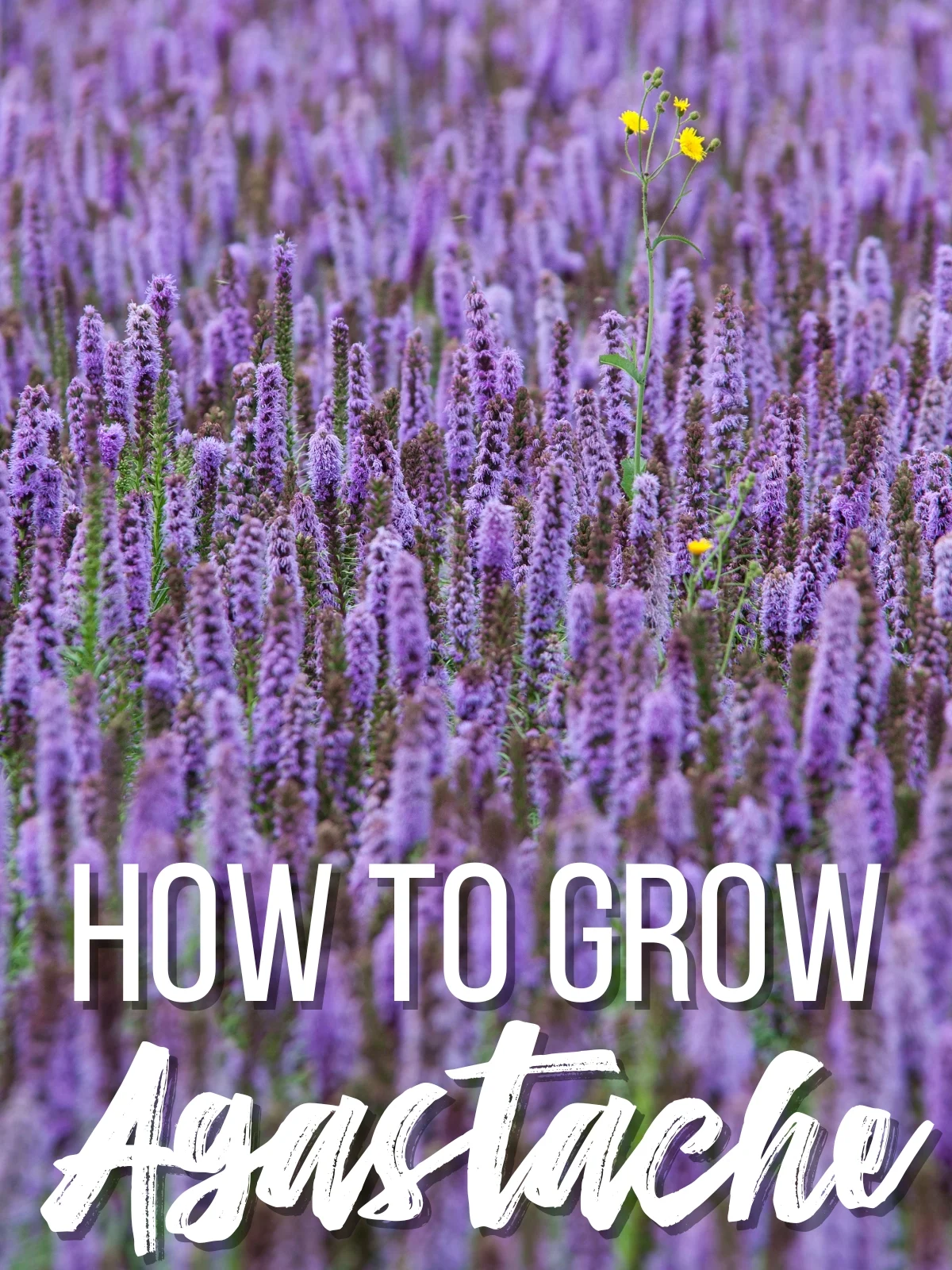
Agastache, also known as giant hyssop, hummingbird mint and licorice mint, is an herbaceous perennial that blooms for months in summer with brilliant-colored, nectar-filled flowers many pollinators adore.
Flower colors include shades of pink, purple, red, orange, white, and blue. In addition to being a favorite of hummingbirds, many people also enjoy agastache for making fragrant herbal tea.
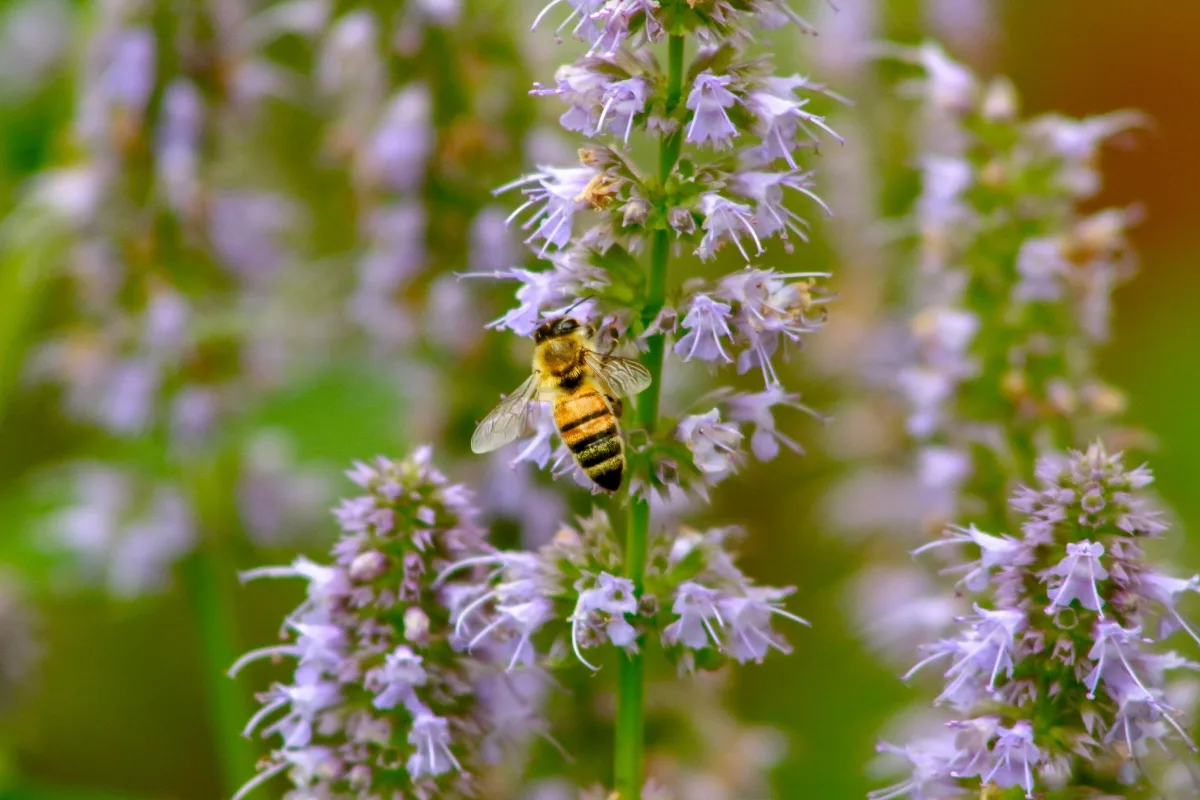
Agastache plants produce tall spikes of aromatic blooms that differ in fragrance from one type to the next. Some smell mildly like licorice, and others have an aroma similar to mint or lavender.
Here's how to grow and care for agastache in the garden!
Agastache Varieties
Most of the 22 species of agastache are native to North America. The various species differ in flower color, mature size, and tolerance to heat and drought. From the towering Agastache 'Blue Fortune' to the more compact Agastache 'Kudos Coral', there's a type to fit every garden's needs.
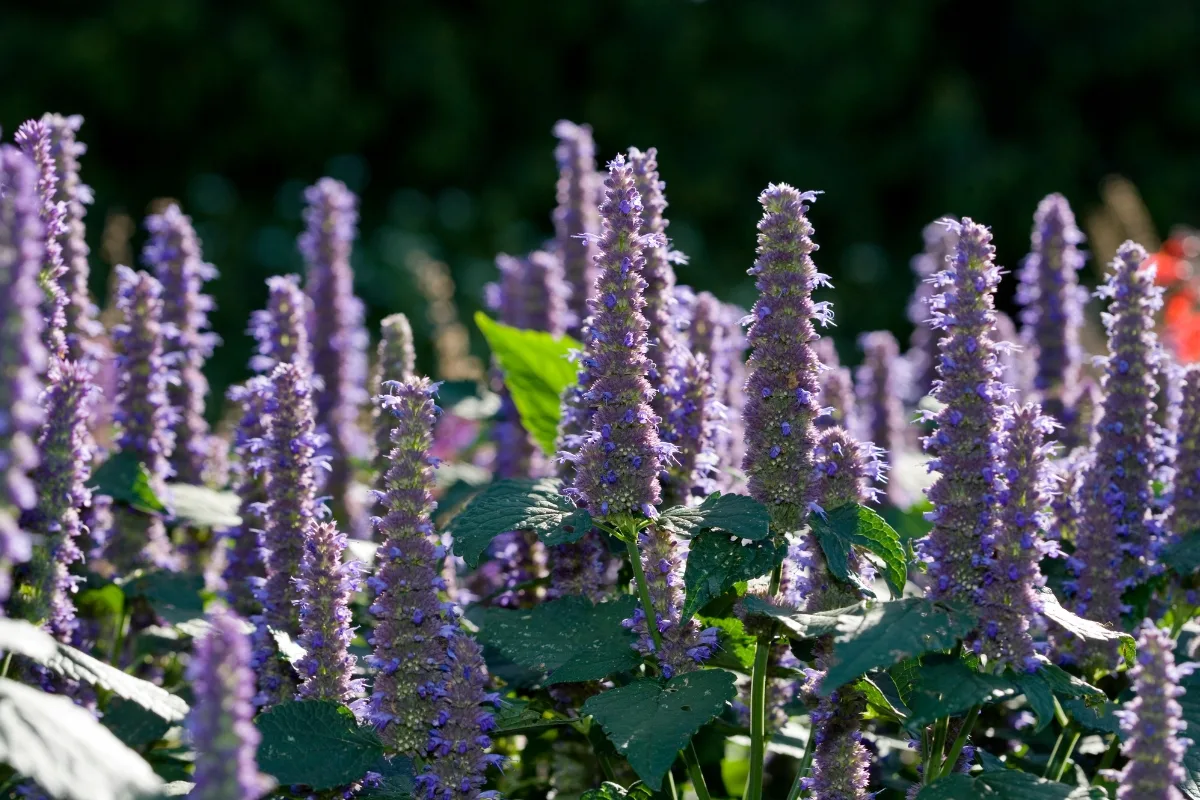
First, consider the size of your garden. Some hyssop varieties can grow tall and spread out, making them ideal for larger spaces or as background plants. On the other hand, smaller varieties are perfect for container gardening or front-of-border placements.
- Agastache cana is the species planted by most gardeners. It has rose-colored petals and blooms from summer into late fall. Its drought and heat tolerance make it exceptional for xeriscapes and dry regions.
- Anise hyssop (A. foeniculum) is a Midwestern native that forms perennial clumps and blooms with lavender flowers.
- Purple giant hyssop (A. scrophulariifolia) is a tall variety that grows up to six feet. It flowers with pink or purple blooms later in the season than other types.
- Licorice mint (A. rupestris) has soft pink or lavender flowers and an exceptionally robust fragrance.
- 'Blue Fortune' is a hybrid of A. rugosa and A. foeniculum that blooms purple flowers on long, straight stems. I planted two of these in my garden earlier this year and loved them so much, I bought three more!
- 'Firebird' is a hybrid type with fantastic orange flowers hummingbirds love.
Growing Zones
Agastache is pretty adaptable when it comes to temperature. Most varieties are hardy in USDA zones 5 through 10. However, there are some varieties that might need a bit more protection in colder climates.
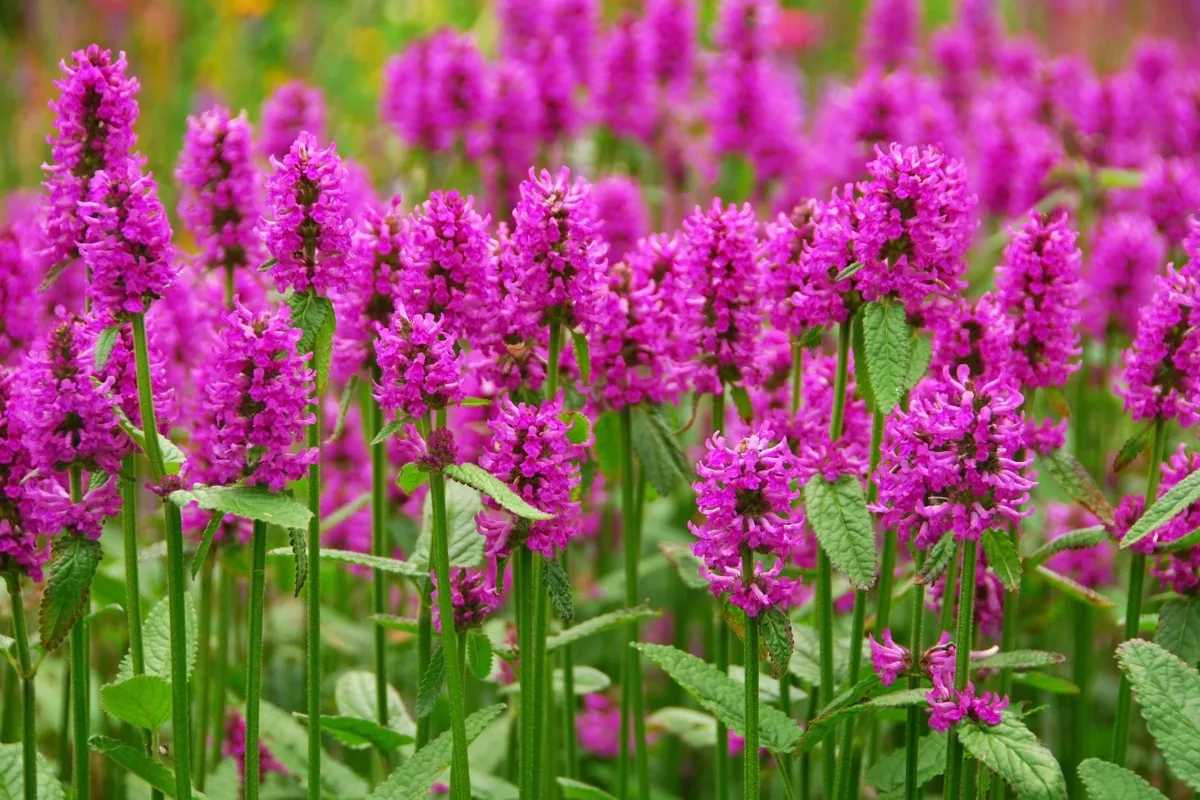
If you're expecting a particularly harsh winter, consider mulching around the base of the plant. This provides an extra layer of insulation, protecting the roots from freezing temperatures.
On the flip side, in hotter climates, ensure your Agastache gets enough water, especially during prolonged dry spells. While the plant is drought-tolerant, extreme heat can stress it out.
When to Plant Agastache
You can direct sow agastache seeds in spring after frost danger or in the fall. If grown in trays, you can transplant seedlings in spring.
Transplants are likely to bloom sooner than plants grown from direct sown seeds. If you buy them in pots at the garden center, you can plant them anytime in the summer as long as there's enough time for the roots to develop before the first frost.
I planted this first pair of Blue Fortune hyssop along our front fence in mid-July just before it started blooming. The purple flowers contrast beautifully with the yellow roses between the plants and the foliage hides the bare rose stems. Both flowers are just now beginning to fade in late August.

The three new plants are going in the ground now, but our first frost isn't until November. They should have plenty of time to get established before the cold sets in.
Where to Plant Agastache
Lots of sun and good soil drainage are essential for growing agastache. This plant can tolerate direct, hot sun exposure, so it's an excellent choice for scorching garden areas where other plants wilt in the summer heat.
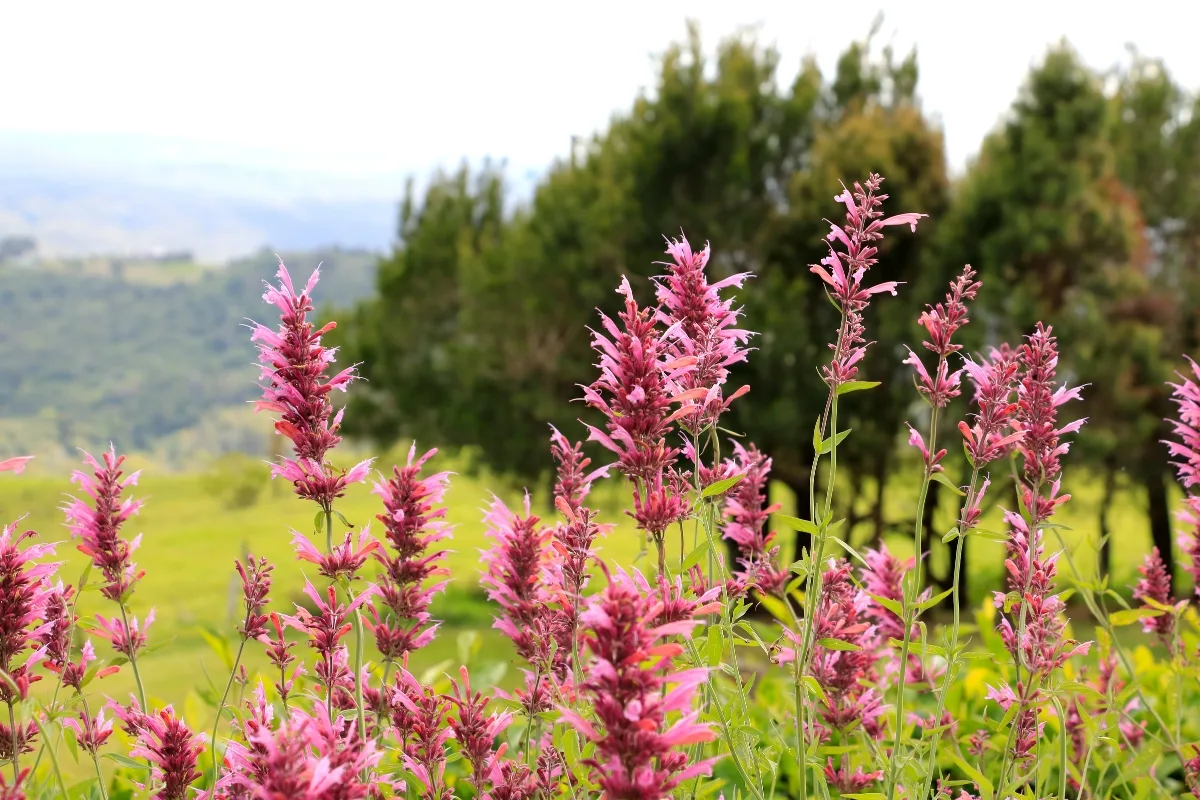
It thrives in moderately fertile soils with a neutral pH. Avoid moist or humid locations, which can lead to yellowing of leaves and root rot.
You can also grow agastache in containers if they are large enough to accommodate the mature plant's root system. Potted plants need more water and fertilizer than those planted in the ground, so it may not be as drought tolerant.
Planting Agastache
When planting anise hyssop, give each plant enough room to grow. Typically, spacing them 15 to 18 inches apart works well. Dig a hole that's about twice the width of the plant's root ball and just as deep.
Agastache isn't too fussy about soil, but mixing in some compost or starter fertilizer will help it develop a strong root system quickly.
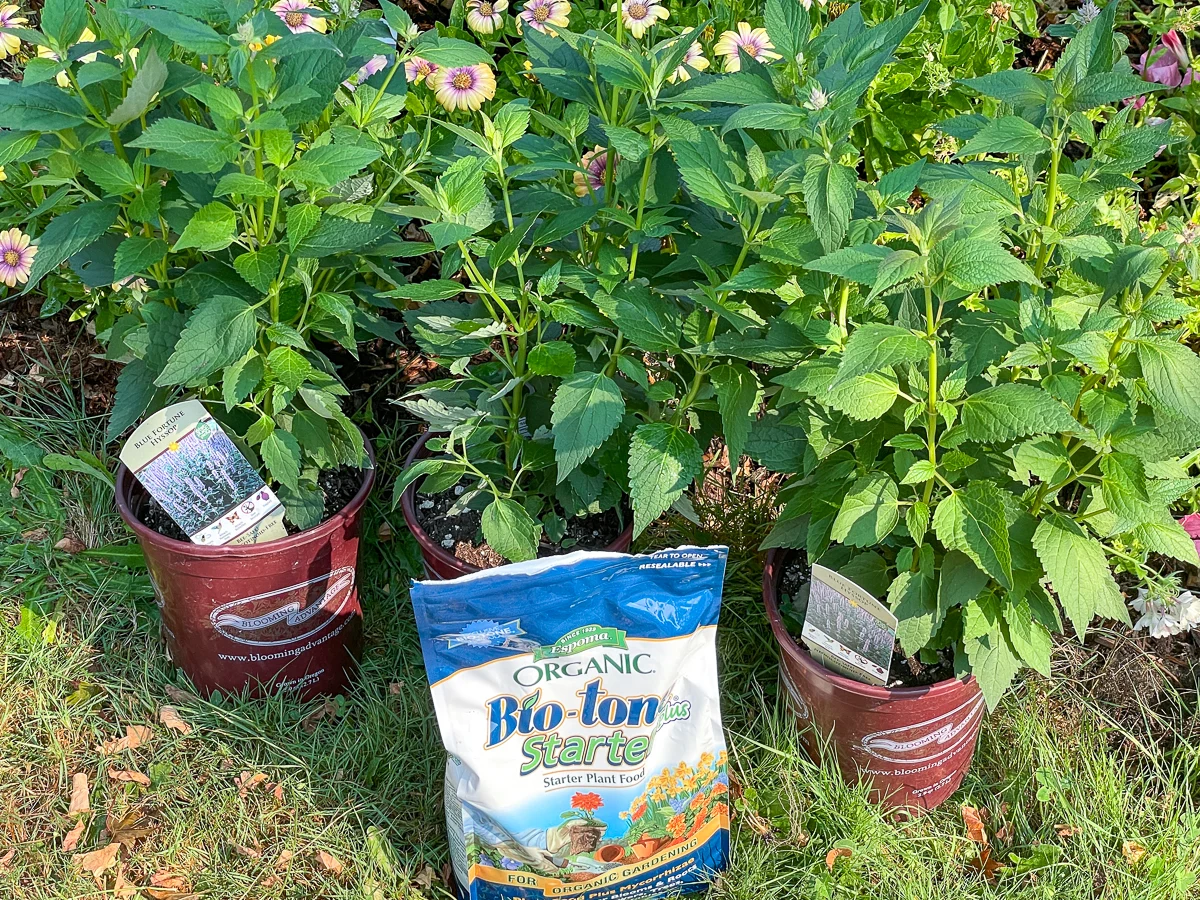
Place the plant in, ensuring the top of the root ball is level with the soil surface, and then fill in the hole. Water thoroughly to allow the soil to settle around the roots.
How to Grow Agastache from Seed
Agastache seeds germinate after a period of cold stratification. You can achieve low temperatures by sowing the seeds directly in the fall and letting winter weather chill them. To direct sow:
- Loosen the dirt with a rake or garden fork and incorporate any needed soil amendments.
- Plant the seeds ¼ inch deep and moisten the area.
- Water lightly several times a week when there is no rain.
- Seeds sprout up in spring as temperatures warm.
For transplants, start seeds in flats about six weeks before the end of frost. Keep seedlings indoors in bright light until they are about 4 inches tall, then start hardening them off by taking them outdoors each day and transplanting them after all danger of frost is over.
How to Grow Agastache from Cuttings
You can also start new plants from cuttings taken in early fall:
- Cut 8-inch sections of green stems from mature plants.
- Trim away leaves on the stem's lower end, then lightly scratch the surface with a knife.
- Dip the bottom of the branch in a solution of rooting hormone mixed according to the package directions.
- Plant the stem bottom into moist sand and perlite mixture in small pots.
- Cover the stem and container with clear plastic and moisten the soil for about three weeks.
- Remove the plastic when new growth appears and transplant it a few weeks later.
How to Care for Agastache
Agastache, while relatively low-maintenance, does have specific watering and feeding needs to ensure it flourishes.
Watering
Agastache is drought-tolerant once established, but it's essential to provide consistent moisture during its first growing season. I have mine on drip irrigation that delivers water directly to the roots.
Water the plant deeply once a week, allowing the soil to dry out between waterings. However, always be on the lookout for drooping leaves, a sign that your Agastache might need a drink.
Fertilizing
While Agastache isn't particularly demanding when it comes to nutrients, a little boost can help. In the spring, apply a balanced, slow-release fertilizer to give your plant the nutrients it needs for the growing season. If your soil is already rich, you might skip this step or feed lightly.
Remember, it's always better to under-feed than over-feed. Too much fertilizer can lead to excessive growth, making the plant leggy and less robust.
Pruning and Maintenance
Agastache benefits from occasional pruning to encourage bushier growth and more blooms.
Before new growth starts in spring, trim back any dead or damaged stems from the previous year. This helps the plant focus its energy on producing fresh, healthy shoots.
After the first flush of flowers in mid-summer, deadhead the spent bloom stalks. This not only tidies up the plant but can also encourage a second round of flowering later in the season. It also prevents your plants from self-sowing seeds and crowding the parent plant.

Beyond pruning, there are a few other maintenance tasks to keep in mind:
- Mulching: A layer of mulch around the base of the plant can help retain moisture, suppress weeds, and regulate soil temperature. Just be sure not to pile the mulch too close to the stem to prevent rot.
- Disease Prevention: While Agastache is generally disease-resistant, ensuring good air circulation by not overcrowding plants can further reduce the risk. Also, always water at the base rather than overhead to keep the foliage dry.
- Dividing: Every 3-4 years, consider dividing your Agastache. This rejuvenates the plant, prevents it from becoming too woody, and gives you additional plants to spread around your garden or share with friends.
With a bit of attention and care, your Agastache will reward you with its stunning presence and delightful aroma season after season!


